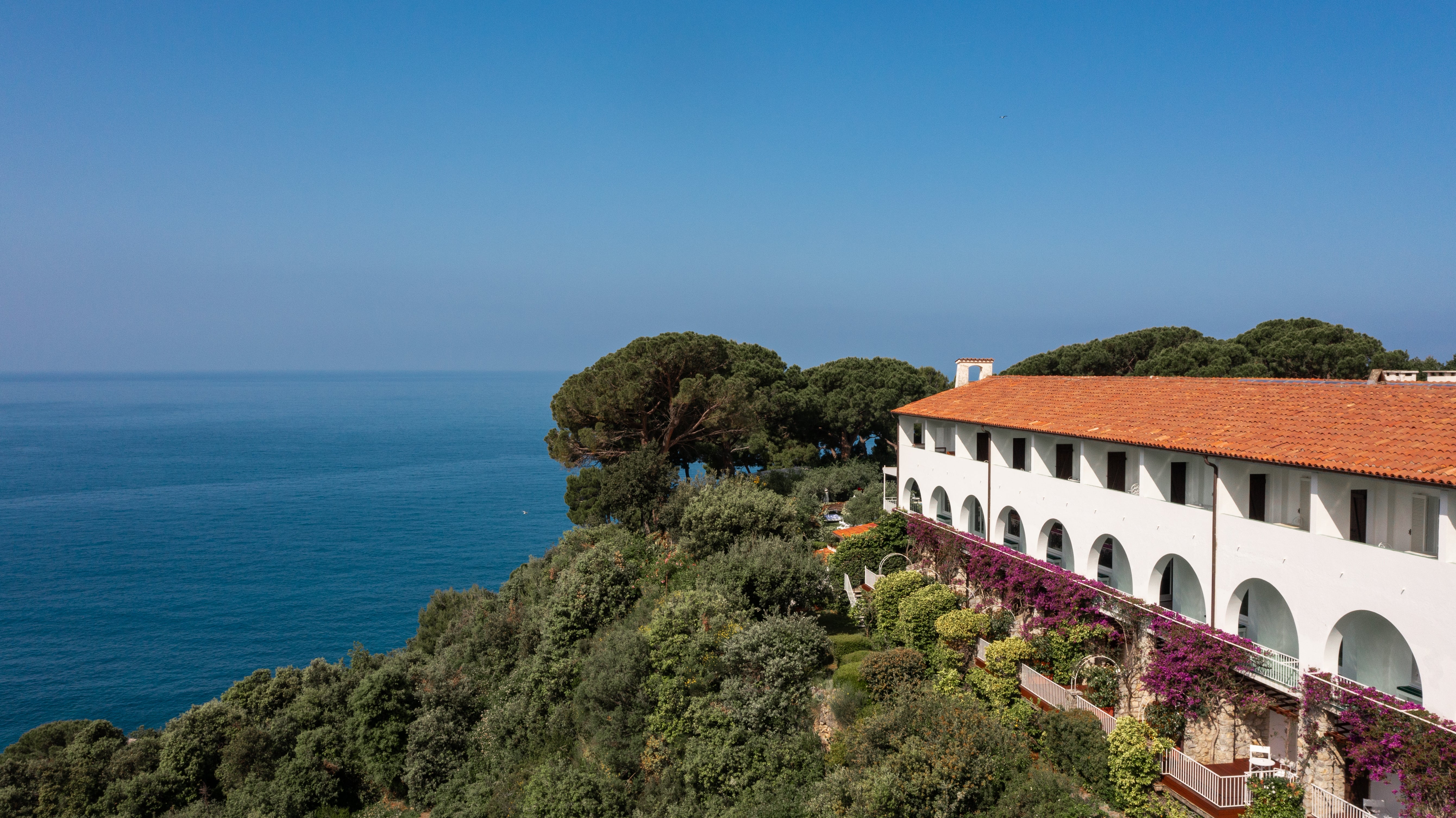With its pastel-painted charming villas built into the cliffside, Instagram-worthy coastal beaches and face-contortingly sharp yet sweet locally-made lemon sorbet, it’s no wonder that the jewel in Italy’s crown, the Amalfi Coast, attracts around five million tourists a year.
The quaint way of life and culture is protected here in a way you won’t find in other tourist spots around the world. Italian cuisine reigns supreme (you won’t find any chain restaurants or takeaways) and the lives of locals are woven into the fabric of daily life — nonnas hang their washing out over the cliffs and old Italian men play cards with their morning espressos.
But as stunning as Amalfi is, the tourist bustle can get a bit… much at times. Accessible only by winding, hard-to-navigate roads, traffic jams are common, and the town centres can be a bit of a squeeze, especially in peak summer months. Add in the stifling summer heat and you’ve got a recipe for a holiday meltdown.

However, for those looking to escape the crowds, just a short jaunt down the coast you’ll find a spot that’s nearly untouched by tourists, yet captures the delicious spirit of that much sought-after dolce vita.
The little-known town of Maratea, referred to as ‘the pearl of the Tyrrhenian’ in the Basilicata region just north of Campania, can be accessed by a speedy direct train from Salerno. Taking just an hour, you can kick back and enjoy the cool breeze of the AC and the free lemonade provided by the on-board staff, watching the countryside views roll on by. Costing around £10, it’s an affordable option, too.
Read more on Italy travel:
The coastal municipality of Maratea is made up of only 5,000 inhabitants, sprawled over 70 square kilometres, and is distinct in its combination of enviable coastline, lush forested hills and mountains, and quaint town centre boasting family-run restaurants and boutiques.
Formerly a buzzy spot in the late 80s and early 90s, passionate locals are once-again encouraging sensitive, sustainable tourism. On a par with Amalfi in the beauty stakes, the sleepy town offers more affordable food, drink and accommodation options than its coastal cousin, with opportunity for adventure — including horse riding, hiking and biking —…
Click Here to Read the Full Original Article at The Independent Travel…
